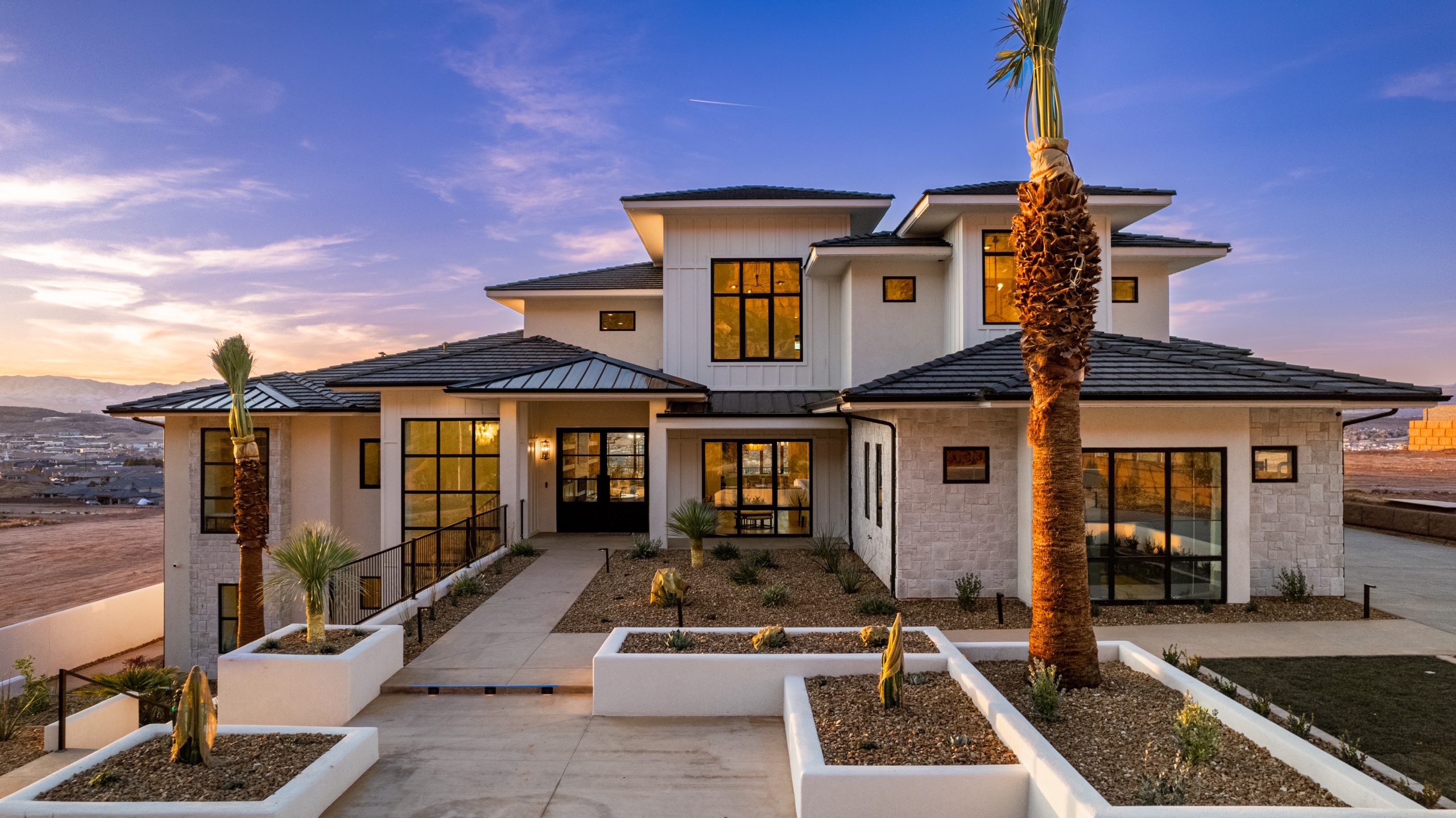Creating your dream home involves more than just choosing the perfect layout or color scheme. The materials you use can significantly impact the sustainability, efficiency, and overall feel of your home. With advancements in building technologies, there are now numerous innovative materials available that can enhance your dream home in ways you might not have imagined. Let’s dive into some of the most exciting new modern building materials and how they can make your home more beautiful, sustainable, and efficient.
1. Eco-Friendly Concrete Alternatives
Traditional concrete is a staple in construction, but it’s notorious for its large carbon footprint. Fortunately, there are eco-friendly alternatives that are just as strong and versatile:
Hempcrete
Made from the woody core of the hemp plant mixed with lime, Hempcrete is lightweight, strong, and offers excellent insulation properties.
Ferrock
This material is made from recycled steel dust and is even stronger than concrete. It absorbs carbon dioxide as it hardens, making it a carbon-negative material.
Ashcrete
Utilizing fly ash, a byproduct of coal combustion, Ashcrete is another eco-friendly concrete alternative that diverts waste from landfills.
Guide book to make your own Hemp Building Directory 2022
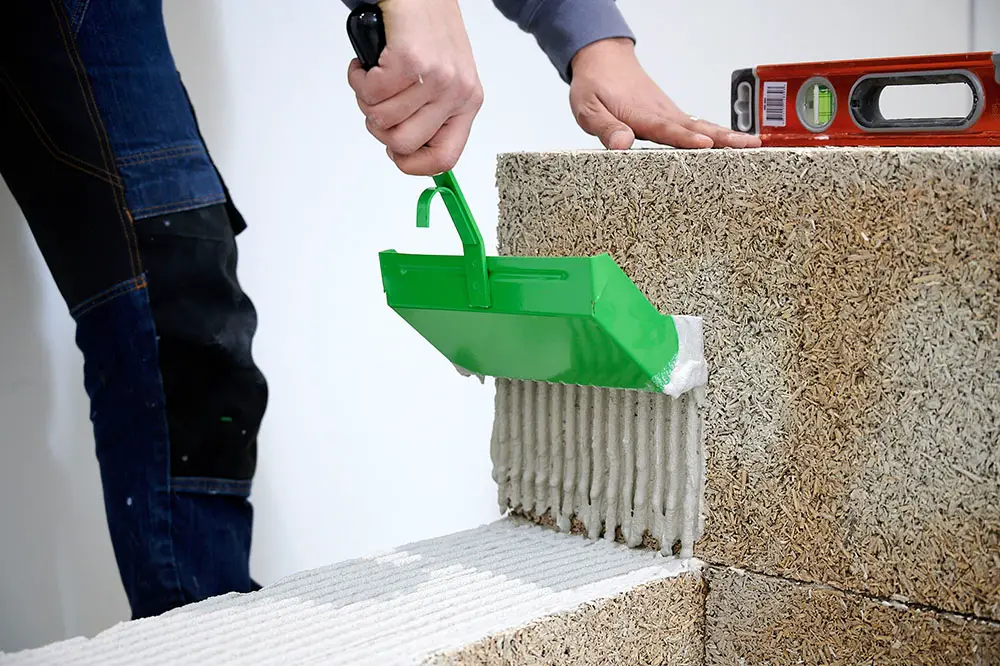
2. Recycled and Upcycled Materials
Building a home with recycled materials is a fantastic way to be eco-friendly and cost-effective:
Recycled Steel
Steel made from recycled sources uses 75% less energy than producing new steel and is just as durable.
Recycled Glass
Can be used in countertops, tiles, and decorative elements, providing a unique look while reducing waste.
Recycled Plastic
Products like composite lumber for decking and fencing use recycled plastic, creating durable and low-maintenance options.
Buy this product: M-D Building Products 57836 24 in. x 36 in. x .018 in. Galvanized Steel Sheet
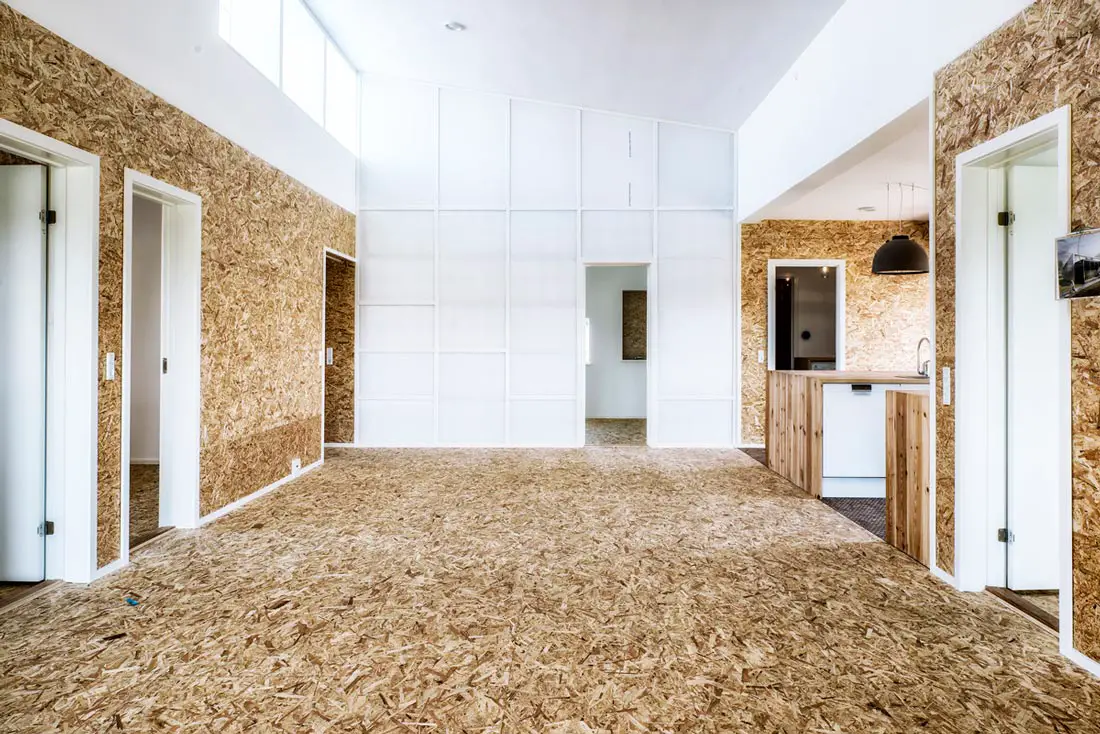
3. Innovative Insulation Solutions
Proper insulation is crucial for maintaining a comfortable and energy-efficient home:
Aerogel
Known for its superb insulating properties, Aerogel is extremely lightweight and effective, although it can be pricey.
Sheep’s Wool
Natural, sustainable, and with excellent insulation properties, sheep’s wool is also breathable and helps regulate humidity.
Recycled Denim
Denim insulation is made from recycled jeans, providing a sustainable and effective insulation option.
Example Product: Bonded Logic UltraTouch Denim Insulation
4. Advanced Roofing Materials
Your roof plays a vital role in your home’s energy efficiency and aesthetic appeal:
Solar Shingles
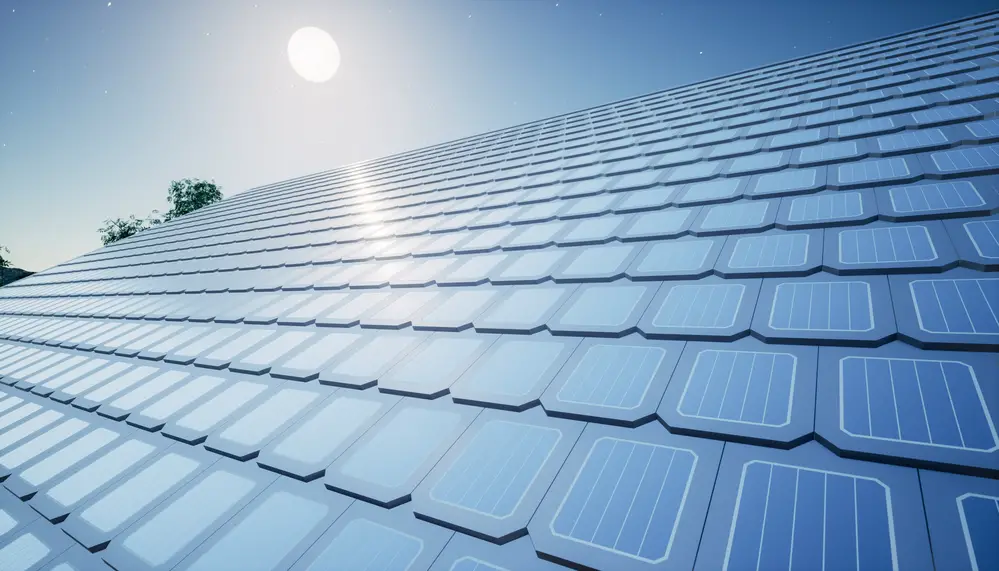
These are designed to look like traditional shingles but can generate electricity for your home. Solar roof shingles are a great alternative to traditional solar panels, gaining popularity with the introduction of Tesla's solar roof by Elon Musk. They offer competitive pricing, sleek design, and impressive functionality, making them a valuable investment for homeowners seeking energy efficiency and aesthetic appeal.
Green Roofs
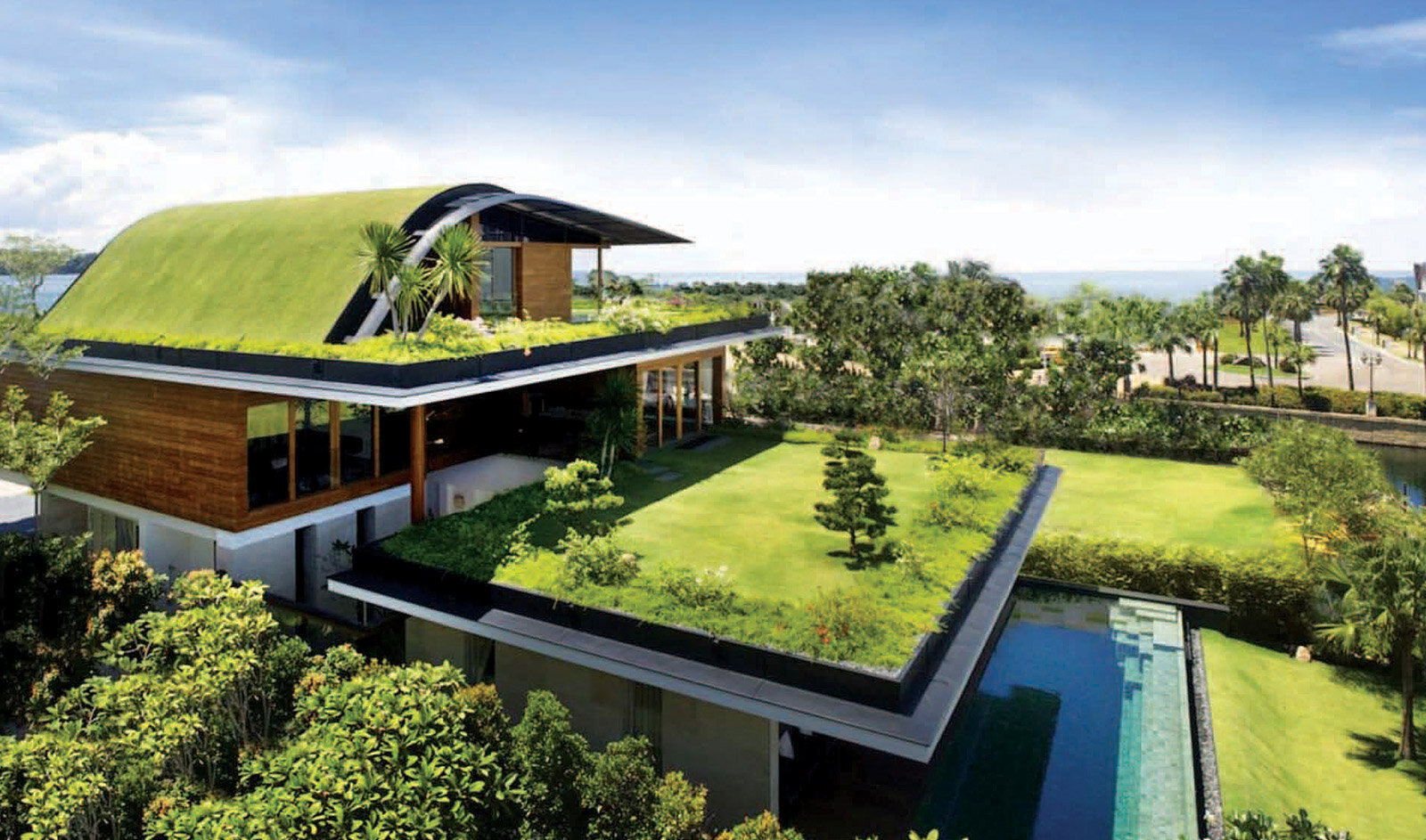
Covered with vegetation, green roofs provide insulation, reduce stormwater runoff, and create a beautiful natural space.
Cool Roofs
Made with reflective materials, cool roofs reflect more sunlight and absorb less heat, keeping your home cooler.
5. Smart Glass and Windows
Smart glass technology is revolutionizing how we think about windows:
Electrochromic Glass
Changes tint with an electric current, allowing you to control the amount of light and heat entering your home.
Thermochromic Glass
Tints in response to temperature changes, helping to keep your home cool in the summer and warm in the winter.
Photochromic Glass
Adjusts its tint based on the amount of sunlight, offering automatic shading without the need for blinds or curtains.

6. Sustainable Wood Alternatives
Wood is a classic building material, but there are more sustainable options available:
Fast-growing and renewable, bamboo is stronger than many traditional woods and can be used for flooring, cabinetry, and more.
Reclaimed Wood
Using wood from old buildings or barns gives a second life to materials and adds a rustic charm to your home.
Engineered Wood Products
Such as laminated veneer lumber (LVL) and cross-laminated timber (CLT), provide strong and sustainable alternatives to traditional wood.
Bamboo
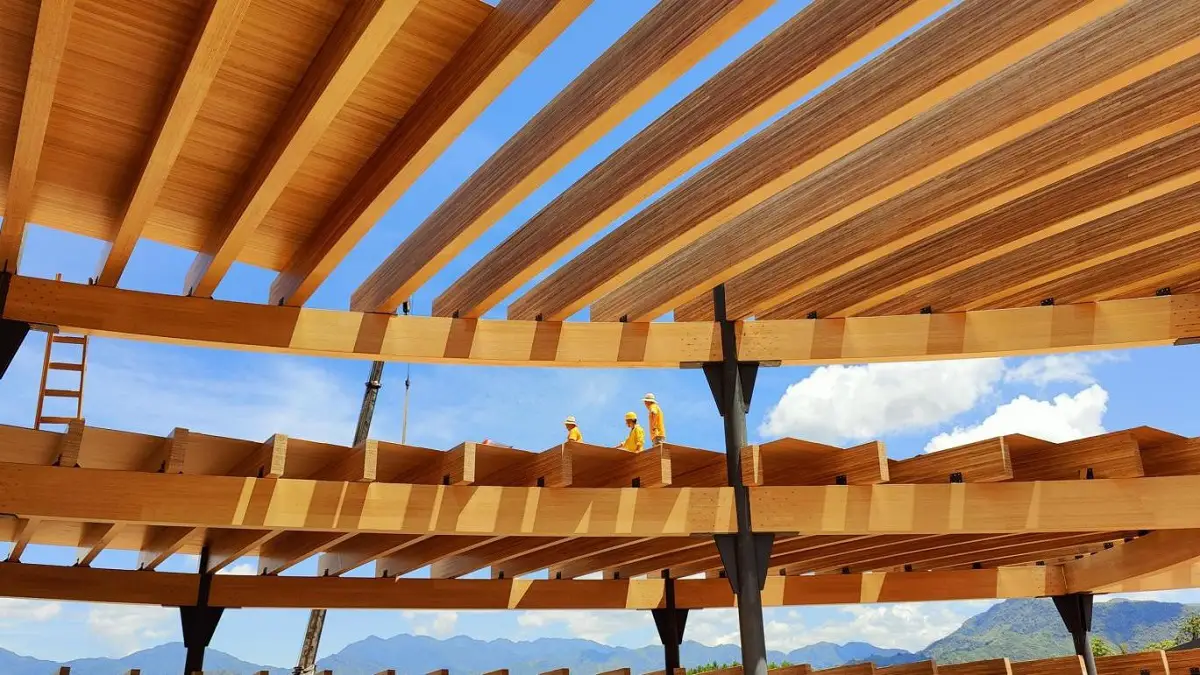
7. High-Performance Insulated Panels
Structural Insulated Panels (SIPs) and Insulated Concrete Forms (ICFs) are changing the way homes are built:
SIPs
Consist of a foam core sandwiched between two structural facings, providing superior insulation and strength.
ICFs
Made from rigid foam and concrete, these forms create energy-efficient and durable walls.
Amazon by product link: Art3d A10032BK Wall Panels, 32 Square Feet, 3D Rectangle 3-Black, Sq Ft

8. Innovative Flooring Options
Flooring can set the tone for your entire home, and there are many sustainable options available:
Cork Flooring
Made from the bark of the cork oak tree, cork flooring is renewable, comfortable, and has natural insulating properties.
Recycled Wood Flooring
Using reclaimed or recycled wood for flooring is an eco-friendly option that adds character to your home.
Polished Concrete
Durable and low-maintenance, polished concrete can be stained or colored to create a unique look.
9. Smart Building Materials
Integrating technology into building materials can improve the longevity and functionality of your home:
Self-Healing Concrete
Contains bacteria that produce limestone when cracks appear, effectively sealing them and extending the life of the concrete.
Nanomaterials
Used to enhance the properties of traditional materials, such as making them stronger, lighter, or more resistant to weathering.
3D-Printed Materials
Allow for precise and customizable construction, reducing waste and labor costs.
10. Sustainable Paints and Finishes
Choosing the right paints and finishes can improve your indoor air quality and reduce environmental impact:
Emit fewer volatile organic compounds, improving indoor air quality.
Air-Purifying Paints
Designed to absorb and neutralize pollutants, keeping your home healthier.
Antimicrobial Paints
Help prevent the growth of mold and bacteria on painted surfaces.
Amazon product link: THE ONE Paint & Primer
Low-VOC Paints
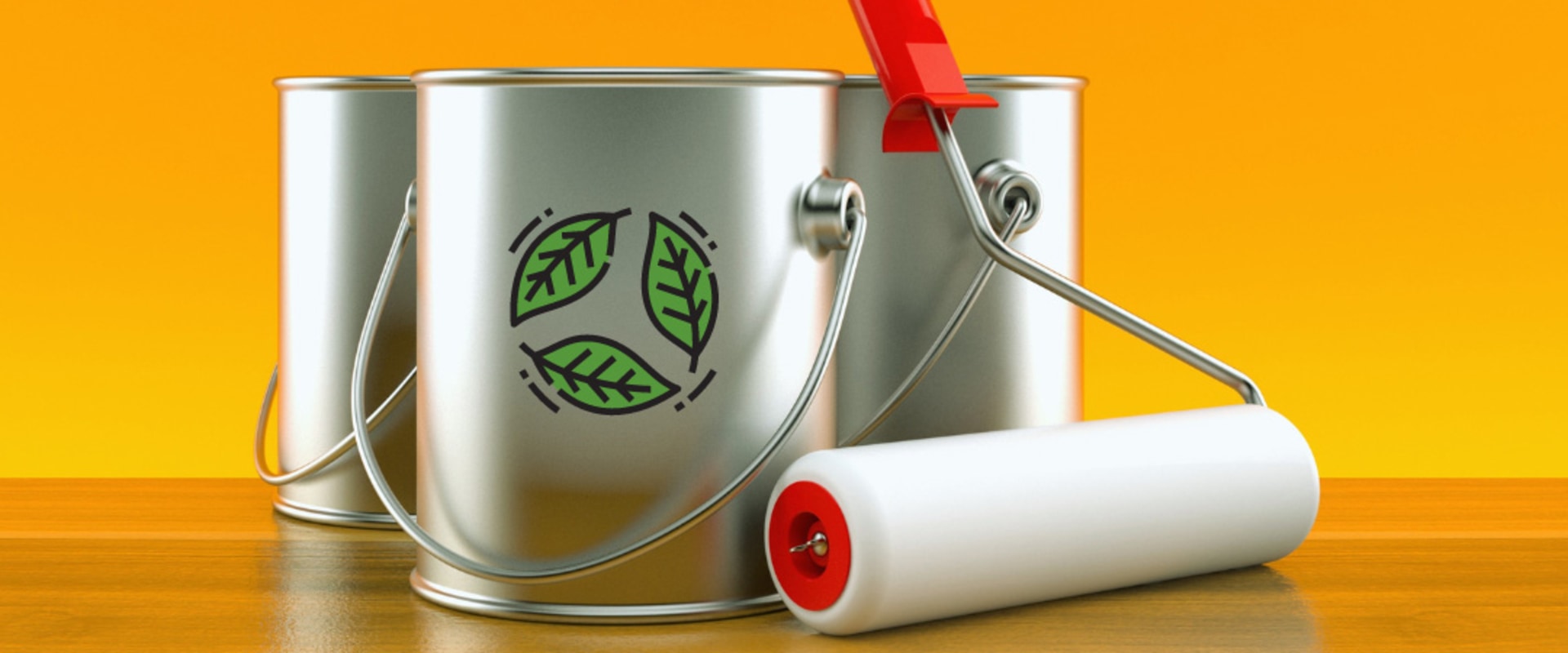
11. Lightweight and Strong Composites
Composites are making waves in the construction industry due to their strength and versatility:
Carbon Fiber
Extremely strong and lightweight, used in everything from beams to furniture.
Fiberglass
Commonly used for insulation and reinforcement, it’s durable and resistant to moisture.
Composite Lumber
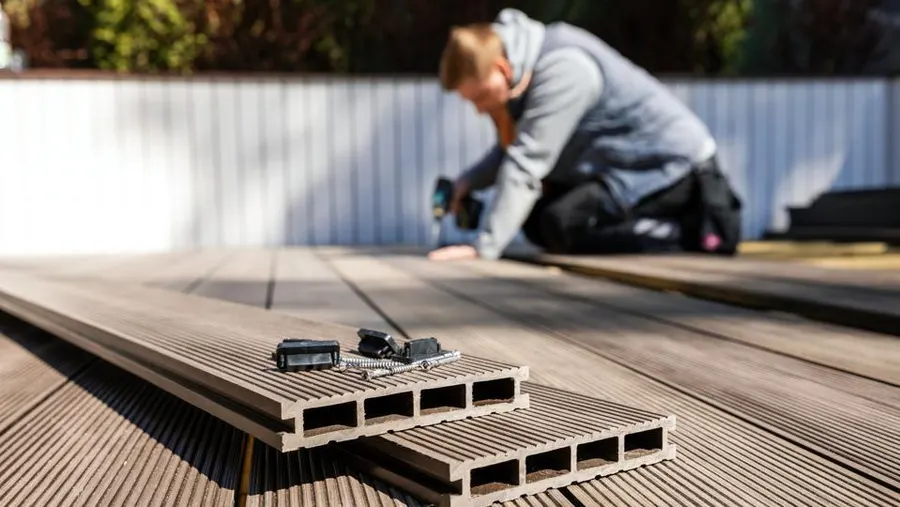
Made from a mix of recycled wood fibers and plastic, composite lumber is perfect for decking and outdoor structures.
12. Integrating Renewable Energy Systems
Renewable energy systems are becoming a staple in modern home construction:
Solar Panels
Convert sunlight into electricity, reducing your reliance on the grid.
Wind Turbines
Small-scale turbines can generate electricity for your home, especially in windy areas.
Geothermal Systems
Use the stable temperature of the earth to heat and cool your home efficiently.
Conclusion
Building your dream home is an exciting journey, and choosing the right materials can make all the difference. By embracing new modern building materials, you can create a home that is not only beautiful and functional but also sustainable and efficient. From eco-friendly concrete alternatives to innovative insulation solutions, the possibilities are endless. Explore these options, do your research, and take the first step towards building the home of your dreams.
Remember to always consult with professionals and check local building codes before starting any construction project.


